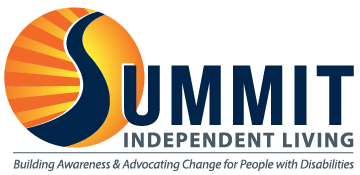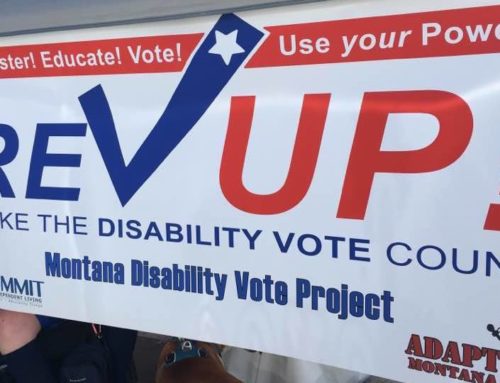Reforms Health Insurance Practices
• Eliminates pre-existing condition exclusions
• Bans annual and lifetime limits
• Ends insurance companies retroactively denying coverage
• Improves the appeals process when a person is denied coverage of a treatment or service
• Requires that at least 80% of health insurance premium dollars are paying for health care
• Helps states to limit unfair increases in insurance rates
• Prohibits considering health status in calculating premiums
• Requires guaranteed issue and renewals of insurance plans
• Prohibits discrimination based on health status
Expands and Improves Long Term Services & Supports
• Establishes the Community First Choice Option for states to cover comprehensive community attendant services under the state’s Medicaid optional service plan and avoid more costly nursing home and other institutional care
• Improves the existing Medicaid Section 1915(i) option for home and community based services by making it easier for individuals to qualify for services, allow states to target specific populations, and avoid more costly nursing home and other institutional care
• Reduces Medicaid’s institutional bias by creating new financial incentives for states to rebalance their services from more costly institutional settings toward home and community based services
• Extends Money Follow the Person Demonstration program that provides additional federal payments to help people transition from more costly institutions to home and community based services
Expands Access to Health Insurance Coverage
• Allows coverage for dependents until age 26
• Creates private health insurance exchanges for individuals and small employers to purchase insurance
• Provides significant subsidies to assist low income individuals to purchase coverage in the exchanges and tax credits to help small employers provide insurance to their employees
• Includes coverage of dental and vision care for children in health insurance plans sold in the exchanges
• Includes mental health services, rehabilitative and habilitative services and devices, and other critical disability services in the health plans sold in the exchanges
Improves Medicaid and Medicare
• Gives states the option to expands Medicaid eligibility to childless adults with incomes up to 133% of the federal poverty level. Federal government pays 100% of the cost until 2016 (phases down to 90% in 2020)
• Creates an option to provide health homes for Medicaid enrollees with chronic conditions. Health homes are intended to be person-centered systems of care that integrate primary, acute, behavioral health, and long term services
• Allows a free annual Medicare well visit with assessments and individualized prevention plan
• Eliminates Medicare Part D (drug coverage) co-pays for persons who are dually eligible for Medicaid and Medicare, and receiving Medicaid waiver services
• Expands Medicare Part D coverage of anti-seizure, anti-anxiety, and anti-spasm medications
• Allows states in partnership with the federal government to try new models of care to provide better health care at lower costs to people with complex health care needs who are eligible for both Medicare and Medicaid
Expands Access to Prevention Services and Other Improvements
• Eliminates co-pays for critical prevention services
• Creates the Prevention and Public Health Fund to greatly expand wellness, disease prevention, and other public health priorities
• Increases opportunities for training of health care providers (including dentists) on the needs of persons with developmental and other disabilities
• Improves data collection on health care access for people with disabilities
• Requires the establishment of criteria for accessible medical diagnostic equipment
Want more info?
Check out The Arc’s ACA Toolkit at: www.thearc.org



Connect With Us